As a Nordic person and a Norse nerd watching this show, I had a slew of corrections and questions pop up in my head while watching, and definitely afterward as well. And while the show isn’t always the most historically accurate, it is very entertaining and it does inspire you to find out more about the Viking Age and history in general.
So I thought I’d share the most interesting answers I found from scouring through Norse sagas and historical research papers, for all the Viking-curious out there!
⚠️ Spoilers ahead!
There may be spoilers below, so make sure you only keep reading if you’ve watched the show or don’t mind.
Haven’t seen Vikings yet? I wrote an article answering if it’s worth watching Vikings and how it’s rated by viewers and critics over the seasons. Check it out and then decide if it’s the right choice for your next binge!
When and where do 'Vikings' take place?
Since the show creators took some liberties as far as dates and historical events go, it’s not the easiest to figure out exactly when everything is supposed to transpire in the series. I did my best in mapping out when and where each season is supposed to take place in the timeline below:
Season 1
The first episode of Vikings is supposed to take place in 793 AD, which is when an actual raid by Scandinavian vikings took place at St. Cuthbert’s church on Lindisfarne, Northrumbria, Northern England.
Season 2
In season 2, episode 2 we find out that four years have passed with Ragnar as earl, before the Vikings set out on another raid, this time ending up in Wessex, Southern England.
Rune Circle Metal Wall Art
Metal wall art featuring and inspired by designs found in archeological sites from Viking Age Scandinavia. Free shipping worldwide.
 Visit Our Shop
Visit Our Shop
Season 3
During this season we see Viking settlers in England and the raids of Paris, which historically speaking didn’t take place until 845 AD but in the show the best guess is somewhere around 803 and 804 AD for season 3.
Season 4 Part 1
With Ragnar’s second son Ubbe being about 10-12 years old in the beginning of this season, we can do the math from when Aslaug was pregnant with him (during the season 2 four-year “time jump”), leading us to around 805 AD for season 4 part one.
Season 4 Part 2
Ragnars second son Ubbe is all grown up in this part 2 of the fourth season, and according to the showmaker MIchael Hirst anything from 6 to 8 years could have gone by since part one of season 4.
Season 5
In season 5 we see the Great Heathen Army arrive on the coast of Northumbria, which historically didn’t take place until ~865 AD, but in the show is supposed to take place around 6 years from the end of season 4.
Season 6 Part 1
Around 8 years has gone by since season 5, based on the age of Björn’s son Hali, landing us at around 825 AD for the first part of season 6. In other words, around 30 years has passed since the first episode of the first season to the last episiode of Season 6 Part 1.
Where are the vikings from in the show?
A lot of the characters from the show are based on historically known characters, but they aren’t always accurate as far as backstory and birthplaces goes.
So I’ve compiled a table of all the main characters in ‘Vikings’, where they’re from in the show, as well as where they were from historically speaking (in those cases the show character is based on a historical character):
| Character | Show Origin | Historical Origin |
|---|---|---|
| Ragnar Lothbrok | Kattegat, Norway 🇳🇴 | Uppland, Sweden 🇸🇪 |
| Lagertha | Kattegat, Norway 🇳🇴 | Norway 🇳🇴 |
| Rollo | Kattegat, Norway 🇳🇴 | Norway 🇳🇴 or Denmark 🇩🇰 |
| Siggy | Kattegat, Norway 🇳🇴 | N/A |
| Floki | Kattegat, Norway 🇳🇴 | Norway 🇳🇴 |
| Athelstan | Northumbria, England 🏴 | N/A |
| Aslaug | Götaland, Sweden 🇸🇪 | Unknown |
| King Horik | Denmark 🇩🇰 | Denmark 🇩🇰 |
| Björn Ironside | Kattegat, Norway 🇳🇴 | Uppland, Sweden 🇸🇪 |
| King Ecbert | Wessex, England 🏴 | N/A |
| Kalf | Hedeby, Denmark 🇩🇰 | N/A |
| King Harald “Finehair” | Vestfold, Norway 🇳🇴 | Rogaland or Vestfold, Norway 🇳🇴 |
| Halfdan the Black | Vestfold, Norway 🇳🇴 | Vestfold, Norway 🇳🇴 |
| Aethelwulf | Wessex, England 🏴 | Wessex, England 🏴 |
| Ivar the Boneless | Kattegat, Norway 🇳🇴 | Sweden 🇸🇪 or Denmark 🇩🇰 |
| Hvitserk | Kattegat, Norway 🇳🇴 | Sweden 🇸🇪 or Denmark 🇩🇰 |
| Sigurd Snake-in-the-Eye | Kattegat, Norway 🇳🇴 | Sweden 🇸🇪 or Denmark 🇩🇰 |
| Ubbe | Kattegat, Norway 🇳🇴 | Sweden 🇸🇪 or Denmark 🇩🇰 |
| Torvi | Götaland, Sweden 🇸🇪 | N/A |
| Gunnhild | Kattegat, Norway 🇳🇴 | Norway 🇳🇴 |
| Oleg | Kiev, Kievan Rus 🇺🇦 | Kiev, Kievan Rus 🇺🇦 |
Note that a lot of these characters have disputed historical origins as they are generally based on sagas that have been passed down from generation to generation for hundreds of years, before being written down by post-Viking Age scholars.
As an example, according to all the Icelandic Sagas, Ragnar Lothbrok was the son of Sigurd, King of the Swedes (who at the time were based in and around Uppland, Sweden). However, in Saxo Grammaticus’ work Gesta Danorum from around 1200 AD, Ragnar’s father was instead a Norwegian prince married to a Danish princess. And then according to the Norman historian William of Jumieges, Ragnar was a Danish king.
To sum it up, we don’t really know for sure where everyone came from but can make educated guesses based on what has been written down.
Why do Vikings blow their nose in water in the show?
Vikings sharing the same bowl of water for washing their face and blowing their nose is a ritual that the showmakers might have taken from the journals of Ibn Fadlan, who described his meeting with Vikings by the Volga river, and specifically their hygienic rituals, in this way:
Every day they wash their face and head in the dirtiest and filthiest water imaginable. A slave girl brings them a bowl of water each morning, which she passes to her lord who washes his hands, face, and combs his hair in the bowl. After this he blows his nose and spits in the water, and there are actually very few filthy things he wont do in that same water. When he is finished, the slave carries the bowl to the next man, and he repeats the same ritual his comrade just did. And on and on this goes until each and everyone has had their turn with the water bowl. Everyone blows their nose and spits in the bowl, while washing their face and hair there as well.
Ahmed Ibn Fadlan, 10th century Arabic scholar and traveller
Did Vikings share their wives like in the TV series?
Viking women were just as sexually promiscuous as their male counterparts according to accounts by Christian missionaries, which hints of a sexual equality and liberty that would at least enable a scenario in which Vikings would share wives and vice versa.
The equality between women and men is supported by the observations by Arab scholar At-Tartuschi, who visited the Viking trade center Hedeby around 1000 AD. He noted among many other things that women for example could divorce freely and held a high status in society as a whole. This would again support a scenario in which sexual partners could be exchanged in a way that might not have been possible in the Christian and Muslim world at the time.
Did the Vikings actually besiege and plunder Paris?
There are many different historical accounts depicting the Norse invasion of the West Franks, and their siege of Paris in 845 AD under a commander named “Reginherus”, “Regnerus”, or as we prefer to say it these days, Ragnar.
Although it hasn’t been established with any type of certainty that this is the same Ragnar as the Ragnar Lothbrok from the show, many historians are advocating for the connection and believe they could be one and the same.
What we do know with a fair amount of certainty, is that a Viking fleet consisting of 120 ships and more than 5000 Viking warriors sailed up the Seine in March 845 AD. On their way up the river, the Vikings raided Rouen which led to the Franks sending out their army in two parts on either side of the Seine river.
After having defeated the smaller half of the Frankish army, the Vikings proceeded to hang hundreds of Franks right in front of the terrified Parisians, only to enter the city on Easter Sunday (March 29) and plunder away.
After plundering and besieging the city, the Vikings were finally paid a ransom of 5670 pounds of silver and gold to leave, which was the first of 13 total payments that Franks made to the Vikings to leave them alone.
And while agreeing to leave the city of Paris alone for the time being, the Vikings didn’t seem to think that meant not raiding multiple sites along the Seine on their way back to Scandinavia, because that’s what they did according to accounts from monks in the affected abbeys.
Why do they lick the seer's hand in 'Vikings'?
According to Katheryn Winnick (who portrays Lagertha in the show), the licking of the seer’s hand was something the actors decided to do on their own accord, and was not in the manuscript the first few times. It is not something that has been referenced in any historical document about the Norse either.
It was however kept in the show, and added in later manuscripts as the actors and showmakers both felt it was original and different and worked in the context of entertaining first and foremost.
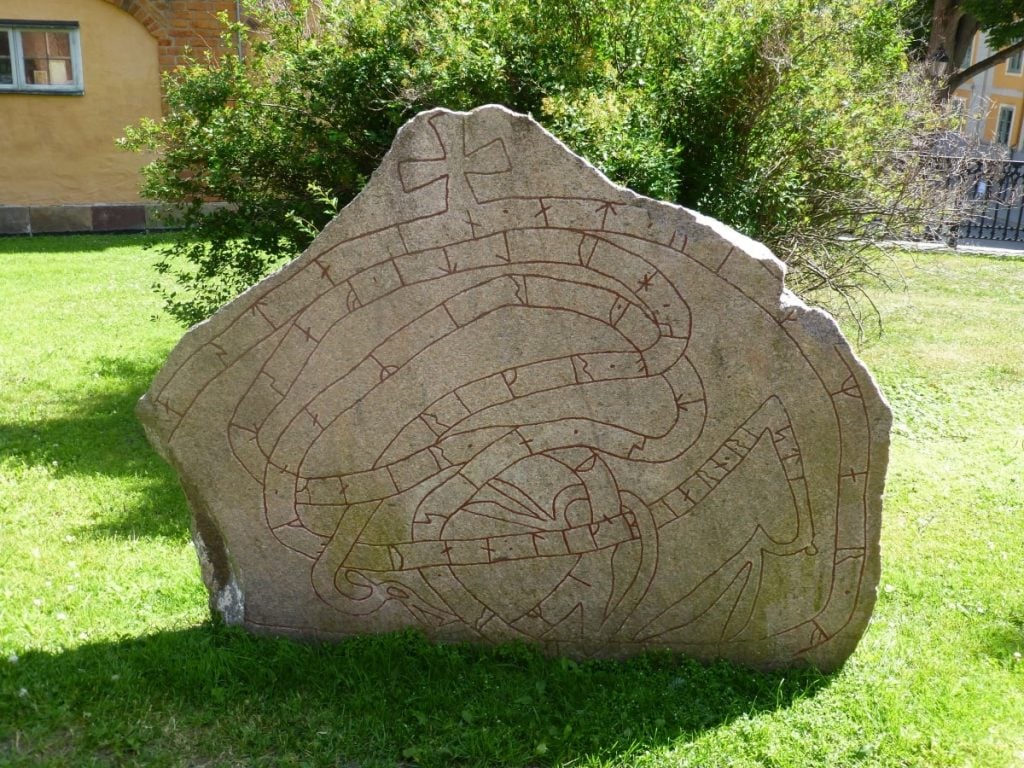
Are they actually speaking Old Norse in Vikings?
Some scenes in the show feature what is supposed to be Norse language spoken by the characters, but the lines used in these scenes do not seem to hold up very well compared to actual Old Norse grammar and pronunciation.
The show’s creators do claim that the actors were all trained by Norse language experts in order to achieve an accurate representation of the language, but since it isn’t spoken anywhere anymore this is no easy task.
Here’s an example of a line from the script that was supposed to be in Norse, followed by how it would look if it was actually written in Norse:
In the show:
“Veizt tú ekki wrorr ek em? Ér kan ekki drepa mik… Ek em Ivar the Boneless!”
Actual Old Norse:
“Vituð ér ekki hverr ek em? Ér kunnuð ekki drepa mik! Ek em Ívarr hinn Beinlausi!”
English translation:
“Don’t you know who I am? You cannot slay me! I am Ivar the Boneless!”
Did Chinese slaves exist in Scandinavia at the time?
Ragnar’s relationship with the Chinese slave girl Yido in the show’s 4th season seems to suggest that the Vikings traded with the Chinese at the time, and this is something that has been documented by Persian geographer Ibn Khordadbeh who claimed the Vikings reached China with their goods.
Although amber findings in China do suggest Nordic origins, they could have arrived through other merchants and it does not prove a Viking presence in China, placing the accounts in to question.
How realistic are the ships in Vikings?
For the most part, the ships in Vikings seem fairly accurate to their historical counterparts, with a few exceptions:
- The steering oar should be on the right side (starboard) of the ship, and not the left as we see in the show.
- A man could not build a viking longship by himself, despite the show’s Floki seemingly doing so.
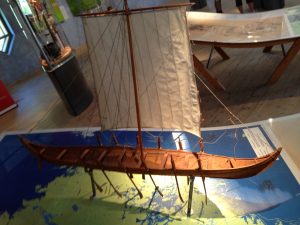
Did the Norse really discover Iceland by chance like in Vikings?
In the TV series, Floki discovers Iceland by chance when he is disoriented by a storm, and while there is nothing to say that it was by accident, this tale is actually tied to a historically documented journey by a Norse man named Flóki Vilgerðarson.
Floki was indeed one of the first Vikings to discover Iceland, and according to legend he did so with the help of 3 ravens; Torulf, Herjulf, and Faxe (earning him the nickname Hrafna-Flóki; Raven-Floki).
The tale goes that he sent one of them out shortly after he left the Faroe Islands, which returned to the islands he came from. After sailing further, he sent the second, which stayed on the boat (meaning no land in sight). Finally, he sent out the third raven, which apparently flew towards and led the way to Iceland (as it was the nearest land).
So Floki’s discovery of Iceland wasn’t necessarily by accident as in the show, but according to the Norse sagas the first Viking to discover Iceland was a man named Naddoddur who left Norway for the Faroe Islands in the second half of the 9th century, only to get lost in a storm and end up in what we today call Iceland.
After deeming the unknown land to be uninhabited, Naddoddur returned home to tell the tale of a new and mysterious land to his fellow Norsemen. This piqued the interest of Garðarr Svávarsson, who returned to Iceland to prove that it was an island and not a new landmass, eventually naming the island Garðarrike after himself.
This is when Floki entered the picture, and set out on his own adventure to settle this mysterious island (along with his family and possibly other Vikings).
Did female Viking warriors (like the Shield-maidens) exist?
DNA evidence shows that females fought and died in Viking raids and were buried as warriors, though it’s not clear how common this actually was. On top of the physical evidence, many of the Icelandic sagas also mention female warriors — or shield-maidens as they are sometimes called.
We’ve long assumed that Viking women fought and took part in raids, and in 2019 the first physical proof of the existence of shield-maidens was finally found.
Scientists established via DNA analysis that the remains of a battle-scarred warrior found buried on a shield alongside a battle horse and weapons in Solør, Norway were in fact female.
The Norse woman died around 900 CE and had received a giant wound from a sword to her forehead. It is unknown if the giant to-the-bone scar on her forehead actually killed her, but as she was buried with her battle horse, a large number of weapons around her, and laid on top of a shield, we know that she at least died as a warrior.
Researchers from the University of Dundee reconstructed her face based on DNA analysis and skeleton remains, giving us both a gruesome and awesome picture of how a Viking shield-maiden actually could have looked like:

From what age is 'Vikings' suitable to watch?
Common Sense Media recommends Vikings to audiences 15 years and older, which I agree is a good starting point.
It should be noted that there is a whole lot of gruesomeness and gore in the show, so if you or your child are sensitive to these things I would recommend proceeding with caution.
That said, I would personally consider showing this to any historically curious mature teens (13+) who might get inspired to learn more after watching the show, while maybe actively avoiding the goriest parts.
In the end, use your best judgment as a parent and know that there is a lot of violence and gruesome scenes that may need to be explained a bit further.
Sources:
https://www.imdb.com/title/tt2306299/
https://www.history.com/shows/vikings
https://books.google.com/books/about/Araber_vikingar_v%C3%A4ringar.html?id=Z6RpQgAACAAJ&redir_esc=y
http://www.diva-portal.org/smash/get/diva2:1065342/FULLTEXT01.pdf
https://www.commonsensemedia.org/tv-reviews/vikings/
https://www.livescience.com/Viking-shield-maiden-facial-reconstruction.html
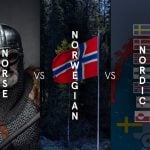 Norse vs. Norwegian vs. Nordic: Differences Explained
Norse vs. Norwegian vs. Nordic: Differences Explained Is Vikings Worth Watching? (Complete Guide with Comparisons)
Is Vikings Worth Watching? (Complete Guide with Comparisons) Is Finland Scandinavian? (The Full Answer)
Is Finland Scandinavian? (The Full Answer) How Tall & Strong Were Vikings? (Based on DNA & Archeology)
How Tall & Strong Were Vikings? (Based on DNA & Archeology)

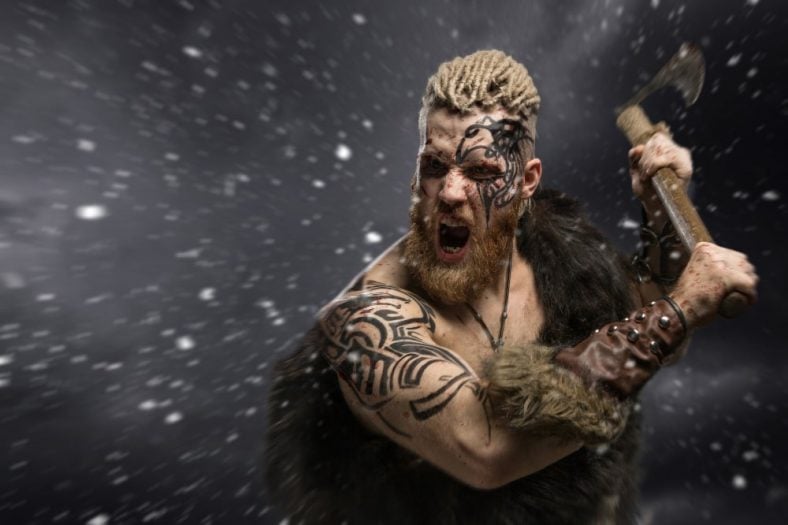
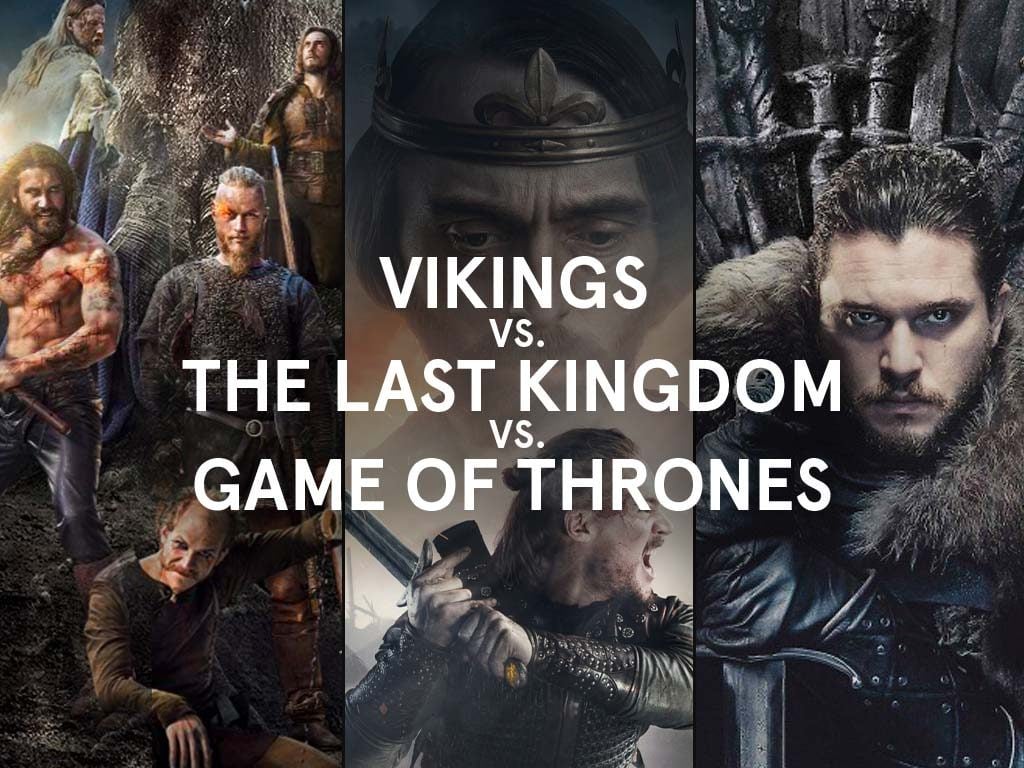
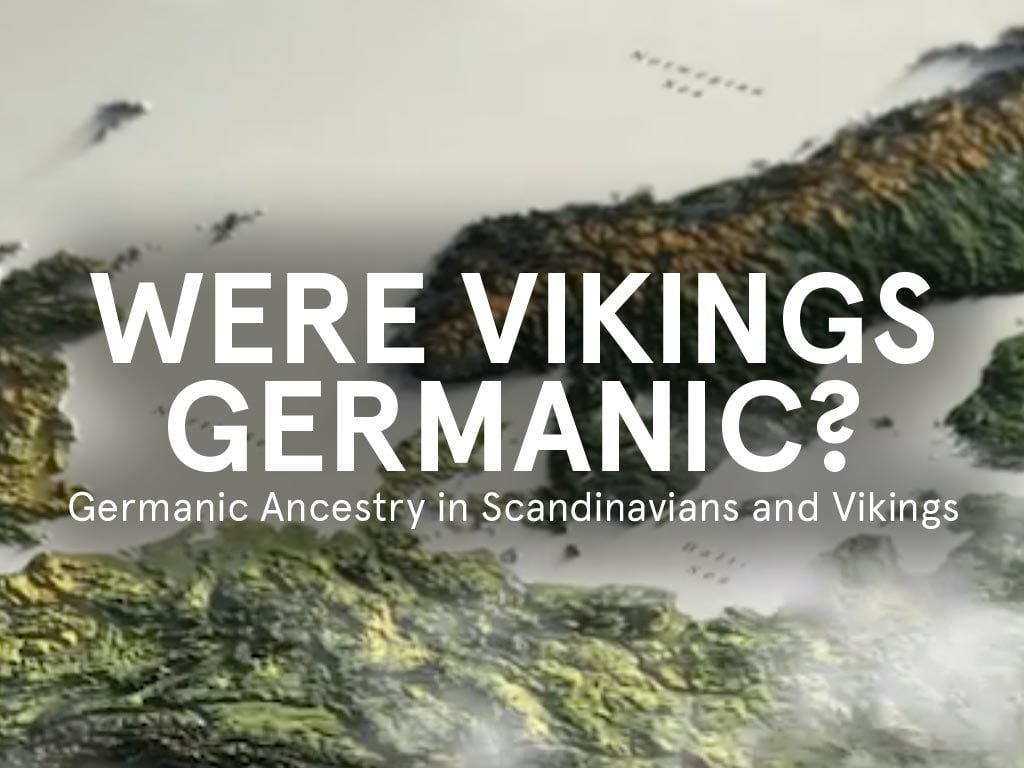
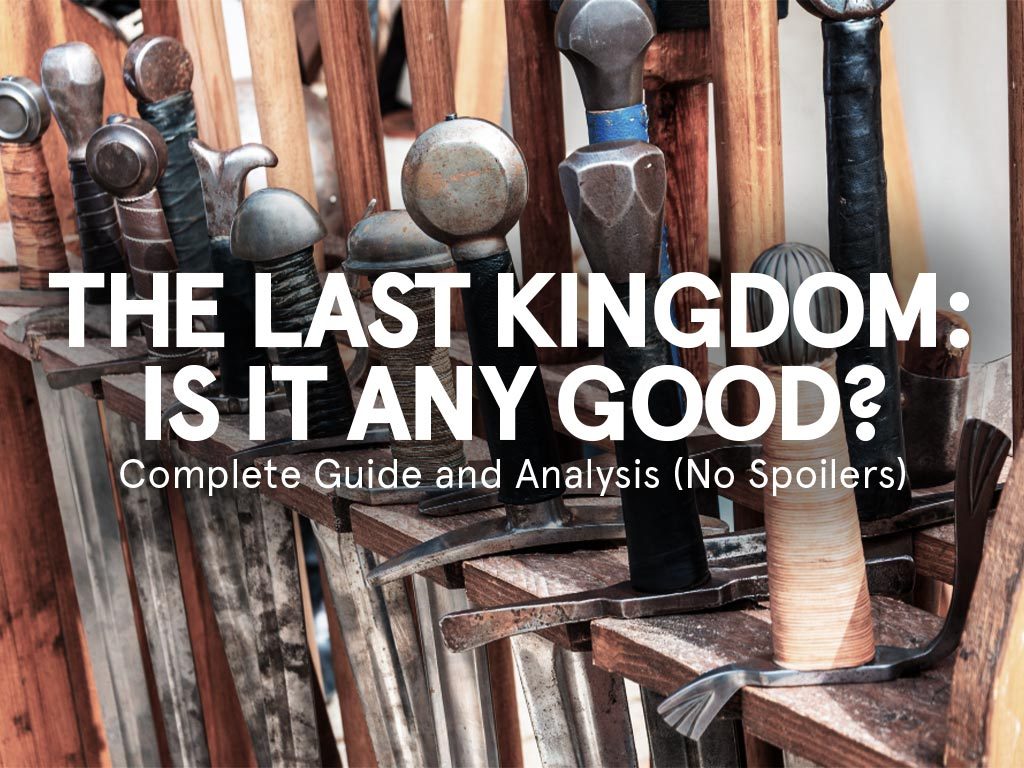
As the son of a Dane that relocated to the United States, I find it amusing that folks squabble over the origin of key viking individuals. It is generally known that the Swedes were the tradesman. The Norwegians were the explorers. The Danes were the conquerors. England was invaded by a combined army of viking warriors… from perhaps all Scandi nations… but it remains that England was controlled under DANELAW for over a century.
I have so enjoyed the series . Your article was amazing to read. Thank You very much. Do you know if there is a book about the show, actors, where it was filmed. Any good trivia information. Thanks